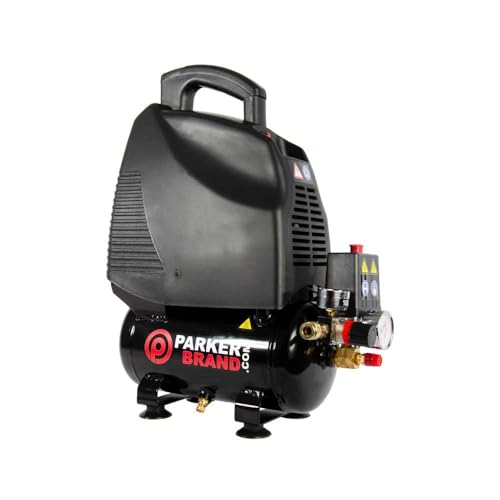Understanding the Stanley Compressor: An Essential Overview
What is a Stanley Compressor?
A Stanley Compressor is a compact and efficient air compressor designed for various tasks, including inflating tyres, powering air tools, and performing DIY projects. It’s a reliable piece of equipment that turns electricity into stored air, which can then be released in controlled bursts to facilitate different applications. We typically find these compressors in garages, workshops, and even at job sites due to their versatility and user-friendly operation.
Why Choose a Stanley Compressor?
Choosing a Stanley Compressor means opting for a blend of quality and practicality. These compressors are engineered with both casual users and professionals in mind. This means they are built not only to handle everyday tasks but also to withstand more demanding jobs. Stanly’s reputation for durability ensures that we can rely on their compressors for long-term use without compromising performance.
Key Features to Look for in a Stanley Compressor
Power and Efficiency
When selecting a Stanley Compressor, the power output is fundamental. Look for models that specify horsepower and PSI, as these metrics indicate the compressor’s ability to perform tasks. A higher PSI means the compressor generates more air pressure, making it suitable for heavier-duty tools. Efficient compressors optimise energy use, keeping your electricity bills in check while still delivering robust performance.
Portability and Size
Portability can significantly influence the usability of a compressor. Stanley offers various sizes, from small, lightweight models that can easily be moved around to larger, powerful versions that may require more storage space. Think about the environments in which you’ll use your compressor. If you need to carry it to different sites, opt for a portable model with a comfortable handle and manageable weight.
Tank Capacity
Tank capacity plays an important role in how long you can operate tools without needing to pause for the compressor to refill. A larger tank generally provides more stored air, allowing for extended use. However, larger tanks can also increase the weight and size of the compressor, so we must find a balance that suits our needs.
How to Choose the Right Stanley Compressor for Your Needs
Assess Your Power Requirements
Before purchasing a compressor, we need to evaluate the specific tasks we intend to use it for. For instance, if you plan to operate nail guns, a smaller compressor will suffice. On the other hand, more demanding tools like grinders or sanders might require a medium to large compressor because they consume more air. Understanding these power requirements is essential in making an informed choice.
Consider Noise Levels
Some compressors can be loud, which might not be suitable for residential areas or indoor use. Look for models that provide information on noise levels, measured in decibels (dB). Quieter compressors can operate effectively without disturbing neighbours or household members, which is especially important in more confined spaces.
Tips for Using Your Stanley Compressor Effectively
Read the Manual Thoroughly
Before using your new compressor, we recommend taking time to read the user manual. It contains valuable information on setup, operation, and safety precautions that tailor the experience to your specific model. Following the manufacturer’s guidelines helps to prevent misuse and ensures the compressor operates as intended.
Use the Right Accessories
When we use a Stanley Compressor, employing the correct accessories such as hoses, fittings, and air tools can enhance efficiency and performance. Ensure that the attachments are compatible with your compressor model to enable seamless operation. This compatibility not only maximises efficiency but also safeguards the equipment’s longevity.
Maintenance and Care for Longevity of Your Stanley Compressor
Regular Cleaning and Inspection
To maximise the lifespan of your compressor, incorporating regular cleaning into your routine is crucial. Dust and debris can accumulate, affecting performance. We should inspect the air filter frequently and replace it as needed to maintain optimal airflow. Additionally, checking for leaks and loose connections reduces safety risks while ensuring effective operation.
Oil vs. Oil-Free Models
Understanding whether your Stanley Compressor is oil-lubricated or oil-free impacts its maintenance requirements. Oil compressors need regular oil changes and monitoring oil levels, whereas oil-free models typically require less maintenance but may have a shorter lifespan. We recommend being mindful of the type of compressor we own to adhere to the correct care instructions.
















